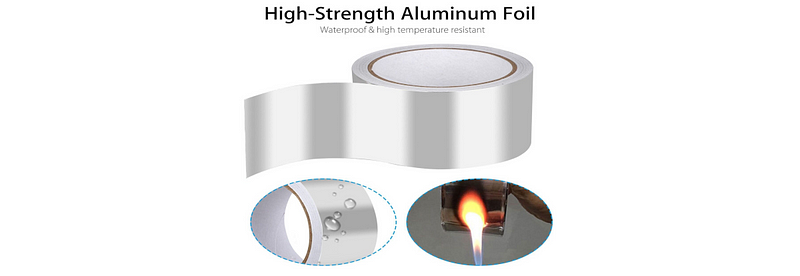Effective DIY Air Filter Solutions for Wildfire Smoke Challenges
Written on
Chapter 1: Understanding Wildfire Smoke and Its Impact
This year, smoke from Canadian wildfires has significantly deteriorated air quality. Fortunately, there's an economical and accessible method to purify the air in your home.

Reports from airnow.gov indicate that our area's PM2.5 levels have surged past 260, highlighting a pressing need for effective air filtration solutions.
Pandemic Innovations in Air Filtration
During the pandemic, engineers Richard Corsi and Jim Rosenthal developed an air filter design using affordable 20-inch box fans paired with standard HEPA filters. This innovative setup was designed to efficiently eliminate virus particles in various public environments. Their design (show) is particularly effective, allowing for the circulation of large volumes of air using four filters simultaneously. The intention behind releasing this design was to enhance health safety in spaces like schools, which often lack adequate airflow and filtration systems to handle high viral loads. However, this design does require considerable space.

We constructed a similar box for personal use and observed a noticeable improvement in allergy symptoms. As the initial filter filled, we transitioned to a more compact single-filter version (illustrated), which performed admirably and only needed replacement every few months. This option also occupies much less space. Below are the construction instructions for a DIY Corsi-Rosenthal single-panel filter:
Materials Needed:
- 20-Inch Box Fan: Chances are you may already have one at home.

- Aluminum Foil Tape: While duct or packing tape can work, aluminum tape is preferred because it is easier to remove during filter changes.

This tape is effective and leaves minimal residue compared to duct tape.
- Filtrete 1900 or Higher Air Filter: Opt for a 20"x20" filter to ensure a snug fit over the box fan's inlet. The 1900 rating covers the PM2.5 particle size as indicated on air quality websites. Look for MERV 13 or higher for optimal performance, especially if you have respiratory concerns.

Filters rated at 2200 or 2800 would provide even better filtration, but a 1900 is a solid baseline.
Assembly Instructions:
- Your filter may indicate a preferred airflow direction. Position it on the inlet side of the box fan so that unfiltered air enters and clean air exits.
- Secure the edges of the filter with tape to prevent air from bypassing the sides. While some air may escape, the filter should capture the majority of particulates.
- Turn on the fan and place it in your living or sleeping area, allowing it to run continuously for effective air purification.

Setting this fan up took only about 10 minutes.
I truly hope that our Canadian neighbors are safe and that the wildfires can be managed swiftly, minimizing harm to people, wildlife, and the environment.
This article includes affiliate links that assist in funding my projects.
Chapter 2: Video Resources for DIY Air Filtration
To further assist you in constructing an effective air filter, here are some helpful video resources:
The first video, How to make DIY air filter for wildfire smoke - YouTube, offers an in-depth guide on building an air filter tailored for wildfire conditions.
The second video, Air Purifier for Allergies | DIY Filter for Wildfire Smoke - YouTube, provides additional insights into creating an effective filter for allergy relief amid wildfire smoke.